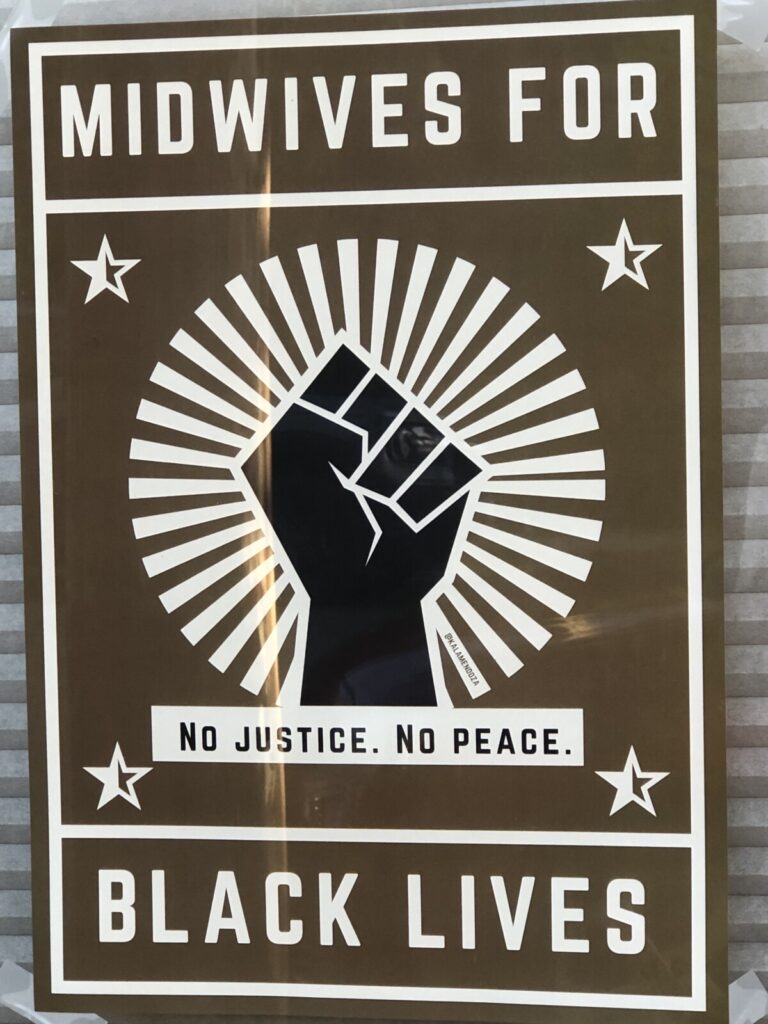In our last edition (Volume 1, Issue 3, September 2023), we continued our coverage of the Berkeley Police Department racist and anti-homeless texting scandal. At that time the external investigation of the downtown bike team had concluded. Though it was kept secret, the report did confirm the accuracy of the texts that clearly show an improper, likely illegal direction by the sergeant in charge to arrest a specified, high number of homeless people. The City public information officer leaked a statement that the BPD “does not have a practice of racial bias,” nor does it have any arrest quotas. (This statement was later retracted by city management.) The bike team participants continued to serve as Berkeley officers, with all but the sergeant returned to the same offending unit.
Now, after working for close to two years, the Police Accountability Board (PAB) has released its own independent investigation. Unlike the external law firm’s study, the PAB looked not into individual officer actions, but instead into overall patterns and practices.
Unlike the external law firm’s study, the PAB looked not into individual officer actions, but instead into overall patterns and practices.
- There were expectations to reach certain arrest numbers
- BPD officers assigned to the DTF exchanged racially charged and discriminatory text messages
- These BPD officers routinely used personal cellphones to discuss work-related matters
- Overtime for DTF officers was essentially unlimited
- Some BPD policies were vague or non-existent in subject areas that could prevent violations of law or compromise fair and impartial policing
- There was insufficient knowledge of specific BPD policies and State law among some DTF members

The PAB made a number of detailed recommendations, including:
- Establishing a new freestanding policy prohibiting formal or informal arrest quota;
- Ensuring that stay-away orders are enforced fairly and consistent with State law
- Increasing training on BPD policies and State law
- Making changes to BPD policies regarding Fair and Impartial Policing, Standards of Conduct, the Early Warning System, Employee Speech, Expression and Social Networking, Personal Communication Devices, and Overtime Compensation Requests.
The PAB further recommended that City Council take the following steps specifically to strengthen police accountability:
- Allow the PAB to investigate possible misconduct, without needing a civilian complaint, and to access internal records as part of those investigations.
- Ensure full and meaningful accountability of sworn officers who engage in misconduct, whether on-duty or off-duty.
- Direct the City Manager to create a public record of information about officers against whom a sustained finding was made for conduct involving prejudice or discrimination on a variety of bases, as specified in California law. Recent state law changes have created exceptions to the nearly total curtain around bad conduct by police and jail officers.
- Encourage state legislators to extend the prohibition on arrest quotas, both formal and informal, in the Penal Code, which is currently limited to the California Vehicle Code, to include all California law enforcement activity.

A companion report from the PAB’s staff, the Office of the Director of Police Accountability, lays out eight further recommendations for the city council, two for the city manager, and two for the community consider as possible city charter amendments. Perhaps the most transformational recommendations include calls for independent counsel for the PAB/ODPA, and to all the Board and Director to conduct personnel misconduct investigations sua sponte (of one’s own accord).
There is one other study: the community-based investigation by Berkeley Copwatch, “Purging the Poor,” which brings in deeper questions that supplement the PAB and ODPA reports.1 It examines the larger context of police, city management, elected, and business representatives in conflict with the unhoused in the Downtown area. This perspective on the conflict is a crucial one.
The Copwatch report found records linking the leader of the Bike Team, or “Downtown Task Force,” with the now-Chief Lewis in the midst of the arrest quota period. Broadening the lens to look at City policy, the report states:
“City council members expanded the Bike Force [in September 2020] in response to merchant concerns about an increase in unhoused people congregating in public areas during the pandemic.
“City policy overall was to ‘support’ merchants and their organizations and, when possible, to discourage unhoused individuals from remaining in city centers and business areas. The targeting of unhoused and poor people by the BPD was supported by the city government as it worked with the Downtown Berkeley Association (DBA). A wide variety of tactics were employed by city staff and members of the DBA.
“Emails between Chief Greenwood and John Caner (Executive Director of the DBA) in April 10, 2020 (one month into the pandemic) describe how they planned to cut off power at the downtown Berkeley Plaza as a means of discouraging unhoused people from being in the area and recharging their cell phones.
“Chief Greenwood responded to a question from John Caner about how to report uses of pepper spray by staff (against unhoused people, presumably) and seemed to advocate that Caner collect less information as a way to avoid liability in case of a misconduct claim. The chief said, “I would absolutely consult your legal counsel about this idea. I would be concerned about liability and the amount of info your staff puts on a form.” (August 26, 2020)
“’Ambassadors’ are a program of the DBA that began in the 1990s. In September of 2020 they were provided with batons and pepper spray in order for them to be able to discourage unhoused people from being in the city centers. “Based on the actions and communications of the mayor, city council members, the Downtown Berkeley Association, and its staff, it is not surprising that BPD members took this anti-houseless approach to the next level and employed extra-judicial tactics to ‘communicate a message’ of hostility and intimidation by means of targeted arrests and quotas.”
- “Purging the Poor,” Berkeley Copwatch9faa72_175f75bda71646b983857d0a0e352434.pdf
↩︎
